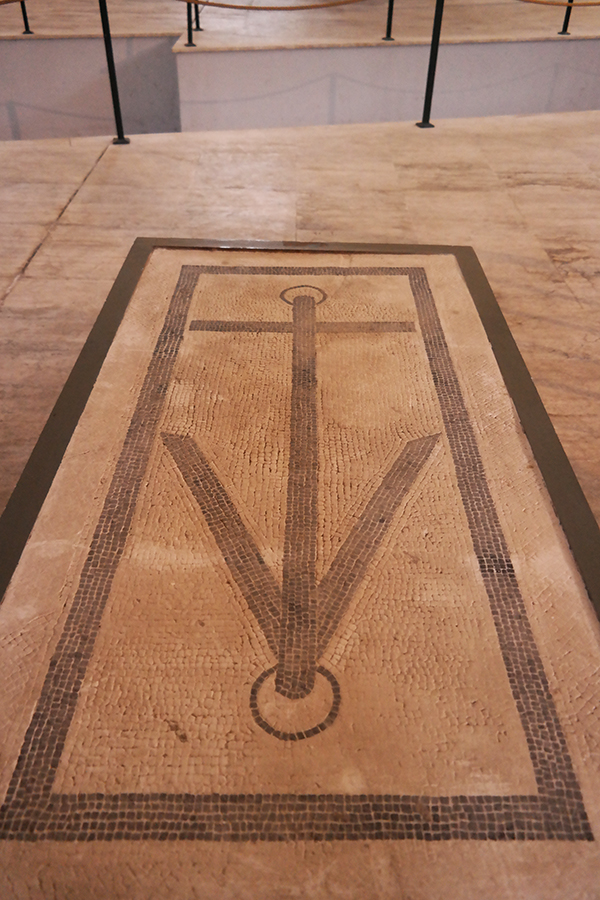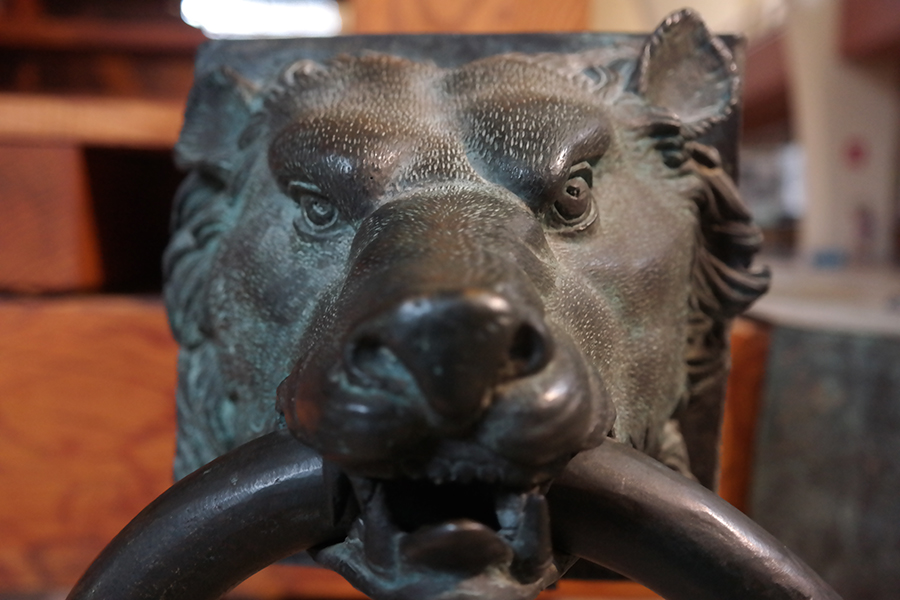NEMI, Italy – The Italian town of Nemi, in the Alban Hills about 15 miles south of Rome, announced on July 24 that it is seeking compensation from Germany for the WWII destruction of its ancient Roman ships, one of which hosted a Temple to the goddess Diana.
The Italian hill-top town was the home of at least two ancient ships built by the Roman emperor Caligula used on the famous eponymous lake.

Town of Nemi [Photo Credit: M. Tejeda-Moreno]
The town, which did not exist during the Roman period, is also famous for the cult and Temple of Diana Nemorensis located in the sacred grove, nemus meaning “grove” or “holy wood” and figures prominently in James Frazer’s seminal work, The Golden Bough. Lake Nemi, into which the ships were sunk, is often called “The Mirror of Diana.” The remains of the ancient Temple of Diana Nemorensis are also located along the lake’s shore.
Though re-discovered during the Renaissance, the ancient ships of Caligula were salvaged in the early part of the 20th Century between 1929 and 1932 under the orders of the Italian dictator Benito Mussolini as part of his obsession to restore elements of the Imperial Roman Empire and connect himself to the emperors.
It is unclear why Caligula built the ships that are perhaps better described as barges. But they were opulent, nonetheless. Pliny the Younger apparently noted that the lake was sacred and Roman law forbade any ship upon it.

Lake Nemi [Photo Credit: S. Ciotti]
Caligula is hypothesized to have received a religious exemption. One of the barges appears to have served as a temple to Diana, whom Caligula may have understood as an aspect of the Egyptian goddess, Isis.
The other barge, which was larger in size, served as a pleasure palace.
The importance of the Nemi ships for historical, scientific, and anthropological value cannot be overestimated. Lake Nemi was partially drained using ancient Roman tunnels to recover the Nemi ships and afterward, the archeological finds re-wrote modern understanding of Roman naval engineering. The ships were among the largest in antiquity and their salvage effort discovered anchors, mosaics, carving, gilded copper roofs, bronze molding and statues as well as wolf and panther heads.
The ships had apparent ball-bearings allowing the statuary to move. There appears to have been a heating system for the baths and floors. The ships had a functional plumbing system and the wood had been chemically and mechanically treated to prevent worms.
When Caligula was assassinated 41 C.E., the Roman military pierced the ship hulls and scuttled them, practically unpillaged.
When the ships were excavated by archeologist Guido Ucelli, they became part of the Museum of the Nemi Ships (Museo delle Navi Romane) still located on the lake’s shore.
In 1944, during World War II, the Allies landed in Salerno and Anzio moving north toward Rome. Soon after, the ships were set ablaze, destroying most of the hulls that had been recovered. It is believed that Nazi forces committed the act deliberately.
“This was a deliberate act of spite for which we are asking for compensation,” said Alberto Bertucci, the mayor of Comune di Nemi. He considers the act as arson and representing nothing less than cultural desecration.
While some reports suggested that Allied bombing started the fires, Bertucci is confident it is not the case. The mayor says it was clearly the Nazis. He added, “There is plenty of documentation to support that. The Nazis ordered all the locals and the custodian of the museum to leave the area and then set alight these treasures. There is no doubt.”
The mayor has retained Joachim Lau of Florence as legal counsel and whose practice specializes in wartime reparation.
Bertucci told the Corriere della Sera newspaper, “We’re not just asking for damages. We would like to see the German authorities collaborate with us, in a spirit of European solidarity, to reconstruct the ships using the latest reproduction technology.”
Despite the destruction, archeologists left very detailed notes about the excavation and took precise photographs of the ships, making it possible to replicate the ships almost completely. The mayor noted, “We have a large amount of data, measurements, images to carry out a reproduction work.”
The museum housing the Nemi ships was also destroyed in fires, but it was rebuilt after the war. As part of the rebuilding, the museum curators then built scale models of the ships at about one-fifth of their size. The approximately 240 ft (about 73 meters) replica hulls are housed within the museum.
Bertucci thinks that a full-scale reproduction of the ships is possible. He is hoping that if compensation is received, Nemi can use it to rebuild life-size, resin replicas of the ships.
“They were palatial boats, opulent vessels that were full of marvels, equipped with hot water, thermal baths, mosaics, columns, and places to worship Diana,” the mayor said.
The Wild Hunt is not responsible for links to external content.
To join a conversation on this post:
Visit our The Wild Hunt subreddit! Point your favorite browser to https://www.reddit.com/r/The_Wild_Hunt_News/, then click “JOIN”. Make sure to click the bell, too, to be notified of new articles posted to our subreddit.


